A Validity Search is conducted to confirm the enforceability of a granted patent, while an Invalidity Search is performed to challenge the patent in litigation or licensing disputes.
a) For Patent Owners- Strengthen Your Patent Protection Confirms that the patent is novel and legally enforceable. Helps in licensing deals & technology commercialization. Provides evidence in infringement lawsuits.
b) For Challengers- Invalidate Competitor Patents If a competitor’s patent is blocking market entry, an invalidity search can help challenge it. Helps defend against patent infringement claims by proving prior art exists. Can reduce royalty costs if a company is forced into a licensing agreement.
c) For Mergers & Acquisitions- Due Diligence Investors and companies assess patent portfolios before acquiring a business. Determines if patents are legally strong enough for valuation.
Example: If Company A wants to acquire Company B’s AI technology, an invalidity search ensures that their patents won't get invalidated later.
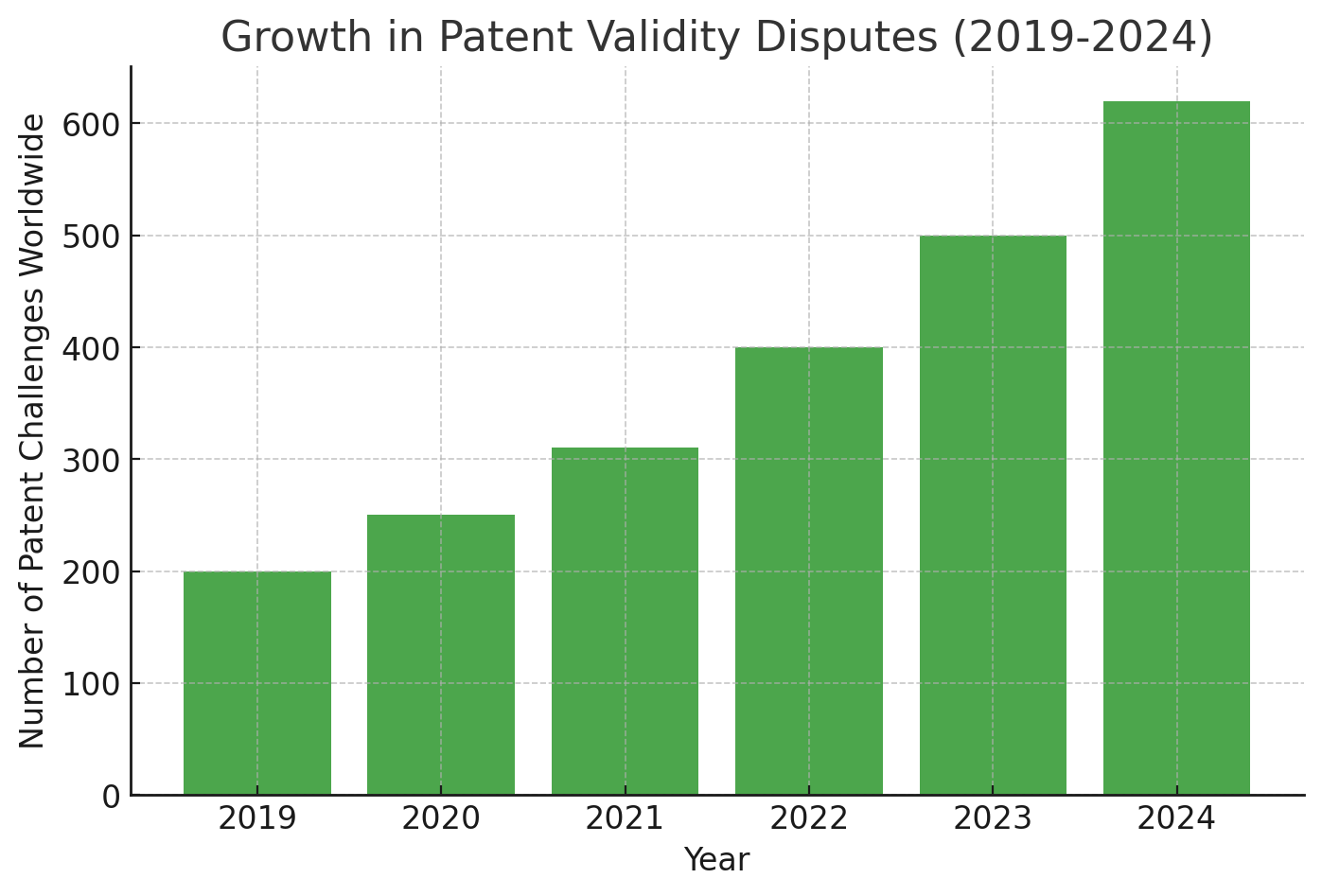

Amazon's "One-Click Checkout" patent was challenged multiple times.
Competitors conducted extensive invalidity searches to overturn the patent in some jurisdictions.
📌 Takeaway: Even big tech companies invest millions in validity searches to protect their patents.
A high-profile case involving Harvard, MIT, and the University of California battling for CRISPR gene-editing rights.
Validity searches have played a huge role in court rulings.
📌 Takeaway: In biotech, even Nobel Prize-winning innovations are subject to validity disputes.
Studies show that half of all U.S. patents challenged in litigation do not survive.
This highlights why invalidity searches are critical before investing in patent licenses or acquisitions.
📌 Example: Many software patents have been invalidated due to prior art, saving companies from unnecessary licensing fees.
Tech giants like Google, Apple, and Tesla conduct thousands of invalidity searches every year to:
✅ Avoid paying high royalties to patent holders. ✅ Challenge competitors’ patents in legal battles. ✅ Strengthen their own IP portfolio.
📌 Example: Tesla’s battery technology patents have been targeted by competitors using invalidity searches to weaken their market control.
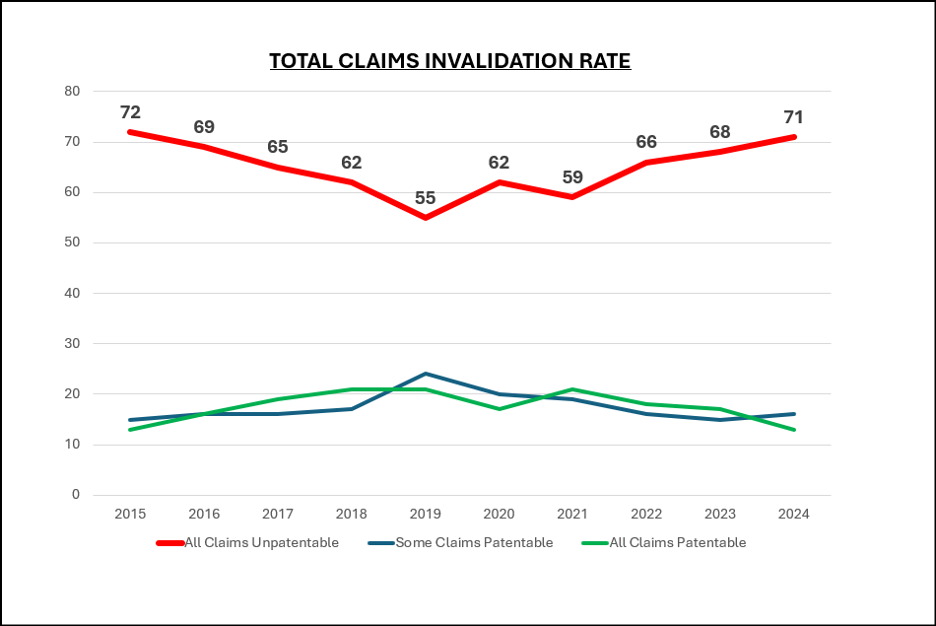
🔹 Comprehensive Validity & Invalidity Searches – Our experts perform in-depth prior art analysis to validate or challenge patents effectively.
🔹 AI-Powered Patent Analysis – We use advanced AI tools to scan global patent databases for the most relevant prior art.
🔹 Expert Legal & Technical Support – Our team of analysts, IP attorneys, and engineers ensure thorough results for litigation, licensing, and acquisitions.
🔹 Multi-Jurisdictional Searches – We cover patents across USPTO, EPO, WIPO, CNIPA, and other global patent offices.
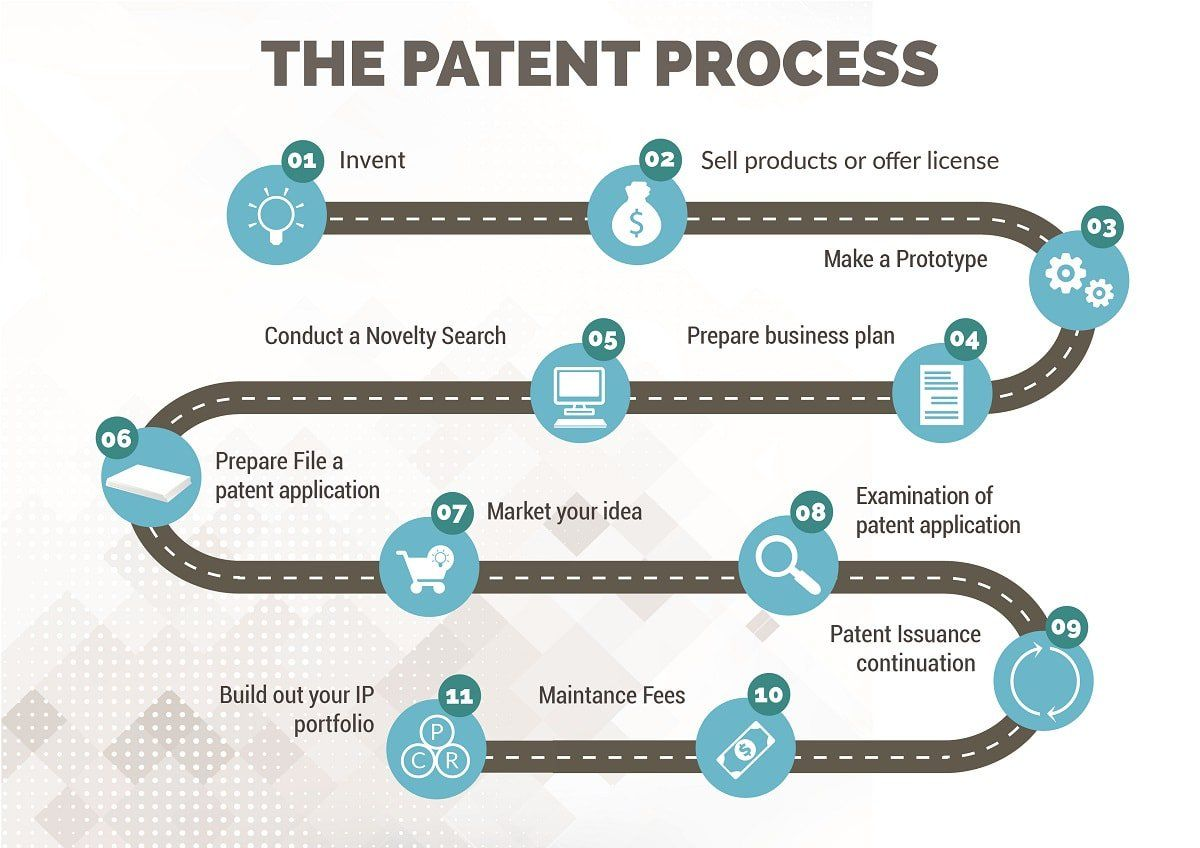
A Validity/Invalidity Patent Search follows a structured approach to assess whether a granted patent is legally strong (validity search) or vulnerable to challenges (invalidity search).
At PriorXPatent, we follow a systematic, expert-driven approach to ensure accurate and legally strong Validity/Invalidity/Nullity searches. Our step-by-step process helps clients validate or challenge patents with confidence.
At PriorXPatent, we follow a systematic, expert-driven approach to ensure accurate and legally strong Validity/Invalidity/Nullity searches. Our step-by-step process helps clients validate or challenge patents with confidence.
This includes industries such as software, electronics, and telecommunications. Additionally, the biotechnology and pharmaceutical sectors also experience significant patent litigation activity. THEHIGHCOURT.CO
These industries often engage in rigorous validity and invalidity searches to navigate the complex patent landscapes and mitigate legal risks.
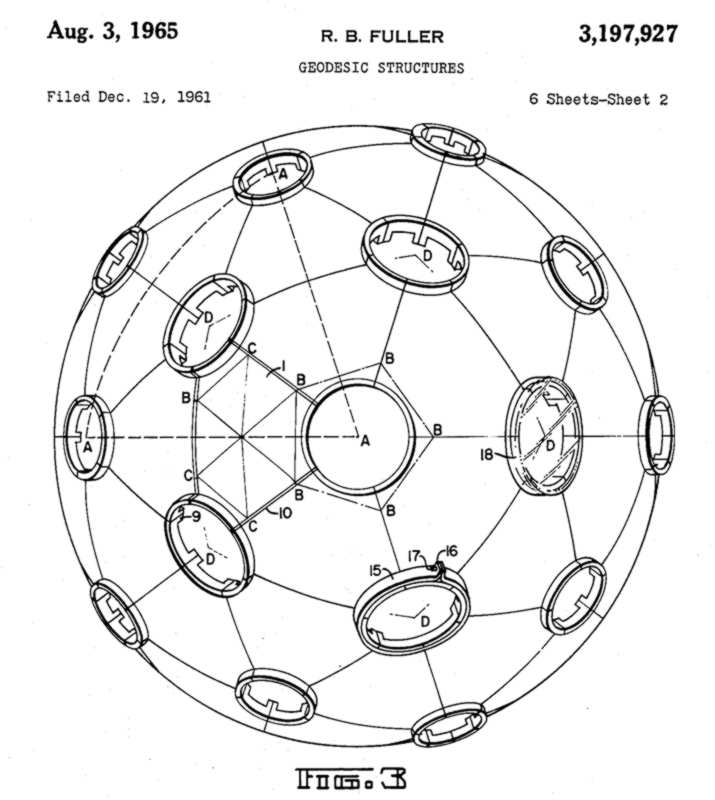
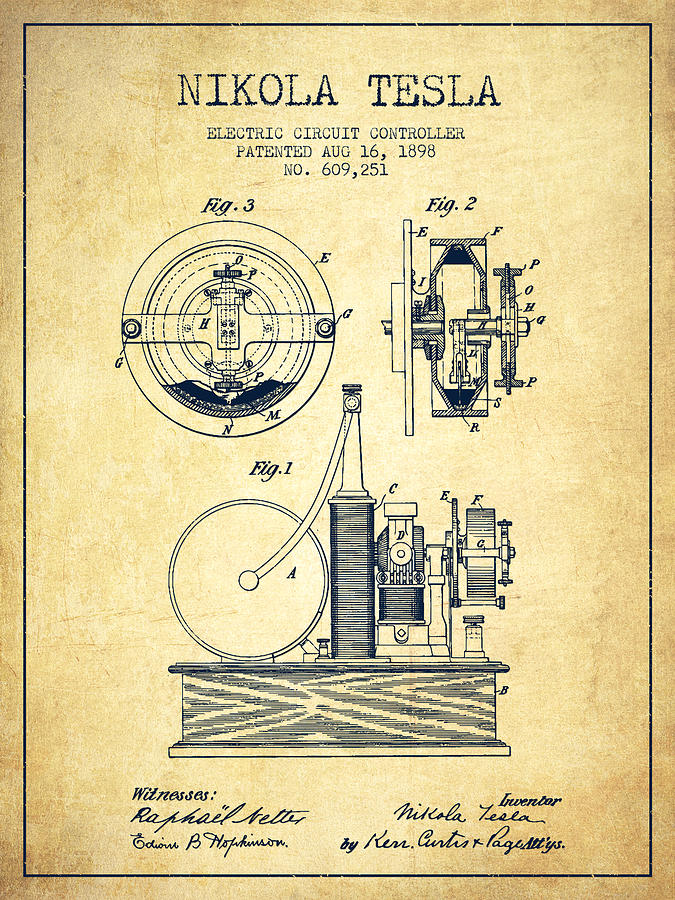
In recent years, several high-profile patent invalidity cases have garnered significant attention. One notable example is the legal battle between Amgen Inc. and Sanofi. In this case, the U.S. Supreme Court ruled against Amgen's patents related to cholesterol-lowering drugs, stating that the patents failed to meet the enablement requirement of the Patent Act. This decision has had a substantial impact on the biotechnology and pharmaceutical industries, emphasizing the importance of detailed and specific patent applications.
Another significant case involves LKQ Corp. v. GM Global Technology Operations. The Federal Circuit's decision in this case could potentially reshape the law on design patents by determining the standards for invalidating them as obvious. The outcome is anticipated to have far-reaching implications for industries that rely heavily on design patents.
These cases highlight the evolving landscape of patent law and underscore the critical importance of thorough validity and invalidity searches in protecting intellectual property rights.